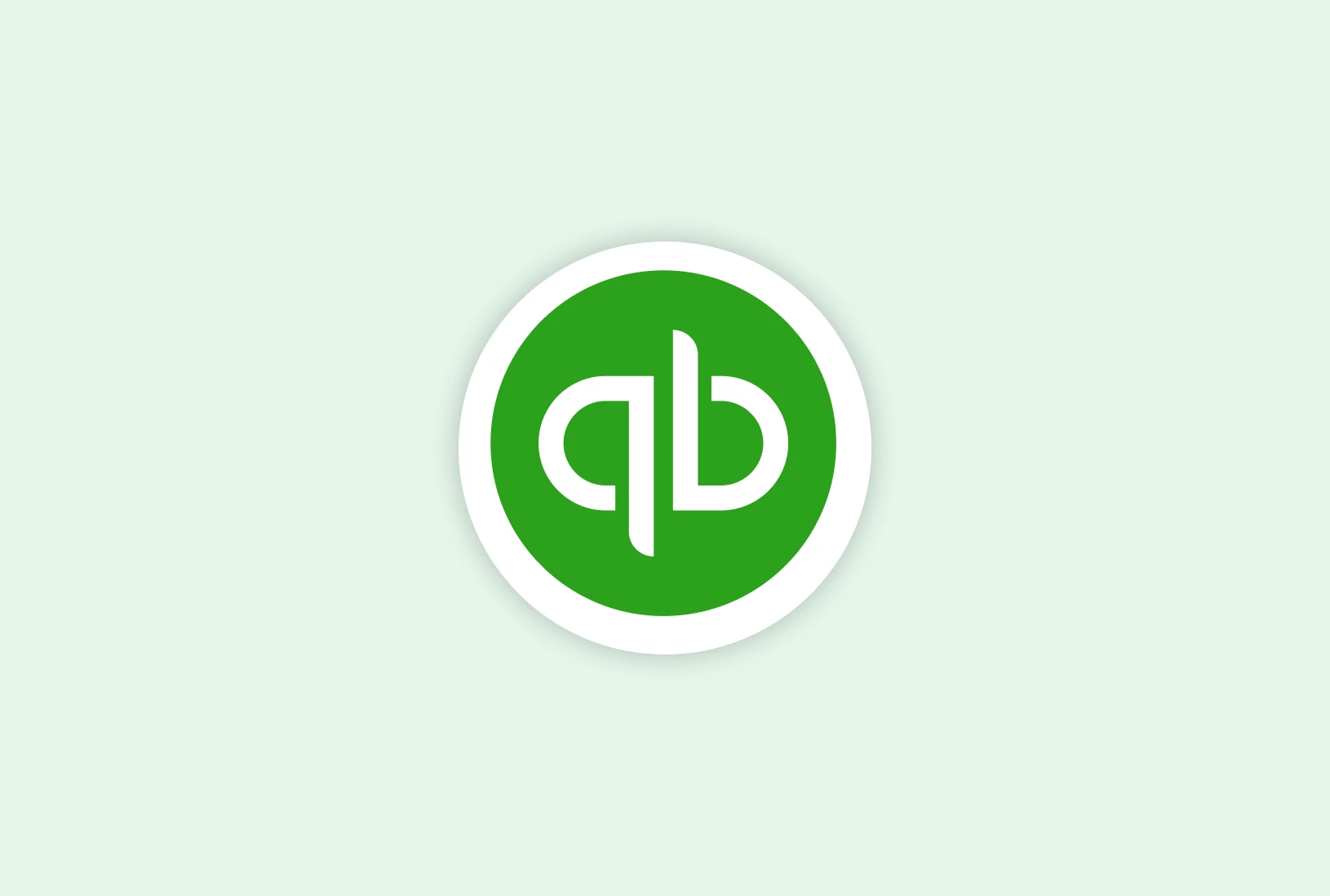Like it or not, payment processors are an integral part of doing business in the modern world. Clients favor digital payments and credit cards over cash and check transactions for convenience and security. But like everything else digital, it can be hard to tell which payment processors are actually secure and which are disasters waiting to happen. Luckily, there are a few key features that any payment processor should have to even be considered secure, and they’re not hard to discover.
1. PCI DSS Compliance Standards
If a payment processor isn’t PCI DSS Compliant, run away! Payment Card Industry Data Security Standards, or PCI DSS for short, serve as a baseline indicator of a payment processor’s security levels. These standards must be kept up-to-date and pass an annual review in order to be considered compliant. There are also multiple levels of PCI DSS standards, ranging from Level 1 to Level 4, with Level 1 being the most secure and level 4 being the least secure (while still considered compliant). Banks, as well as payment processors like Stripe, continuously work to meet and maintain PCI DSS Level 1 Standards and are generally considered safe and secure.
2. Bank-Level Security for Stored Cards
While we hope our readers know that storing credit card information on unsecured hard drives or on post-it notes is not a good idea, you may not realize that not all credit card storage software and applications are all that secure, either.
Any service that offers to store credit cards for later use should possess bank-level security and encryption features. This includes (but is not limited to) using secure HTTPS sessions, encrypting all transmitted data, encrypting stored data, regular security audits, and security measures where data is stored. Multiple layers of security paired with third-party certifications are vital to ensuring that you and your client’s card information is kept in the equivalent of a digital vault.
3. Fee Transparency
If your payment processor does not clearly display their fee schedule, or it’s so convoluted that it’s not understandable, that’s a major red flag. Honest companies will be upfront about any and all fees surrounding their products, and often even go so far as to explain why the fees exist. If you are having a difficult time locating a payment processor’s fee schedule, it’s time to consider a new payment processor.
4. Reputation
While you don’t want to stake everything on user reviews, they are a good indicator of ease of use, customer service, and overall experience with a particular company. A plethora of good reviews is, of course, a great sign. Pay special attention to reviews about user experiences, how the company handled any problems, and whether or not they were able to remedy the situation.
When doing your research on a payment processor, it’s also important to check multiple sites for reviews, as different sites will have different audiences. It’s important to get a broad understanding of how payment processing companies are viewed by various groups of people to get an accurate read on ease of use, user experience, reliability, customer service, and overall customer satisfaction.
NOTE: One benefit about an integrated payment processor, like Stripe’s integration with Goodshuffle Pro, is that you don’t have to deal directly with the payment processor. Goodshuffle Pro handles all customer service, so you are dealing with the same folks for all your software questions, rather than a massive company like Stripe when you have a question about a payout.
Choosing a payment processor for your company is a big decision, so it’s vital that you do your own research. At Goodshuffle Pro, we did our research too and believe that Stripe is the best option for our client base. Not only is it incredibly secure, but they’re also upfront about their fees, they keep their fees simple, and they have a good reputation. It’s no surprise that companies like Google, Amazon, and Lyft all rely on Stripe to protect and process their client’s financial information.






